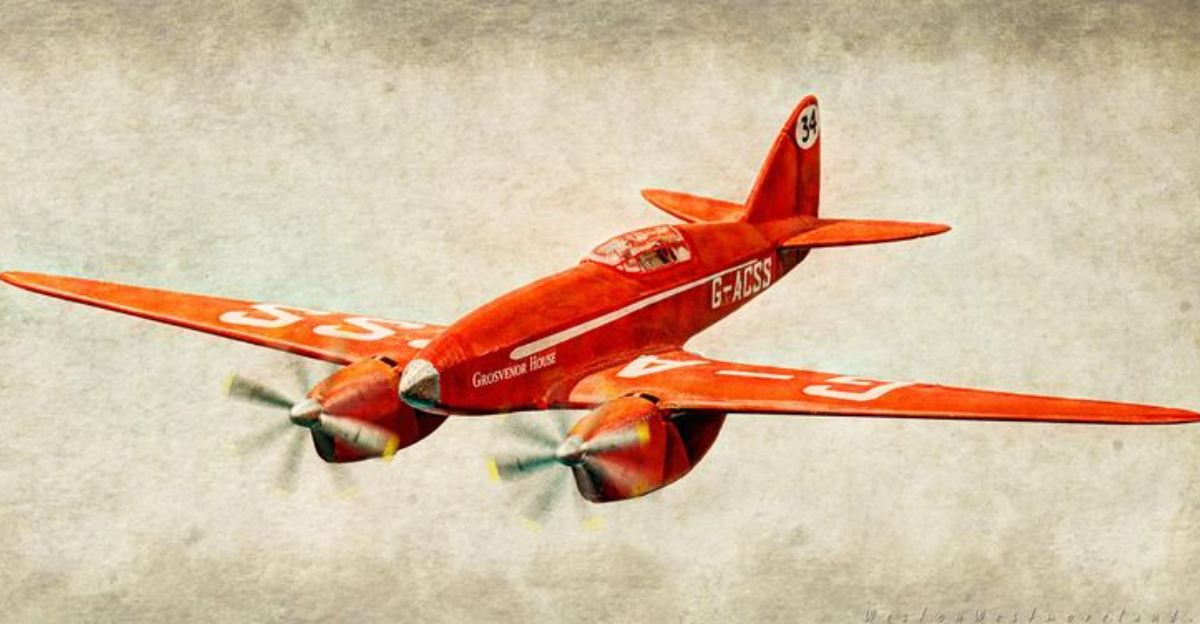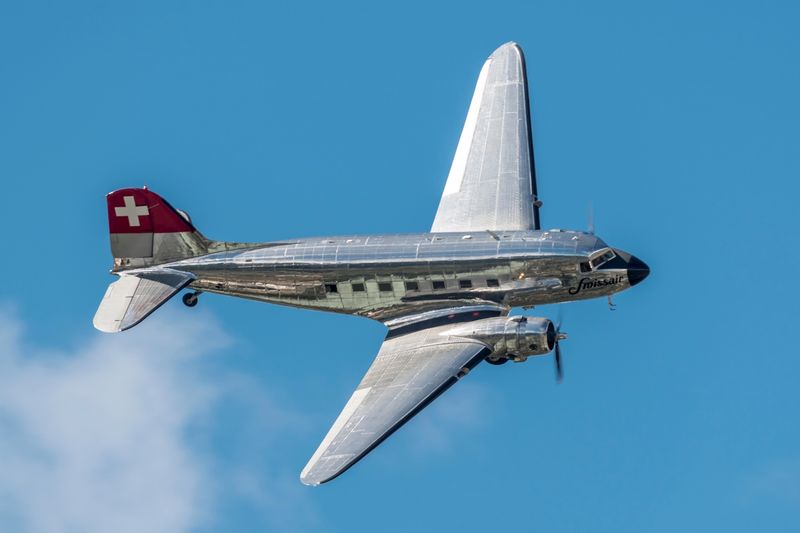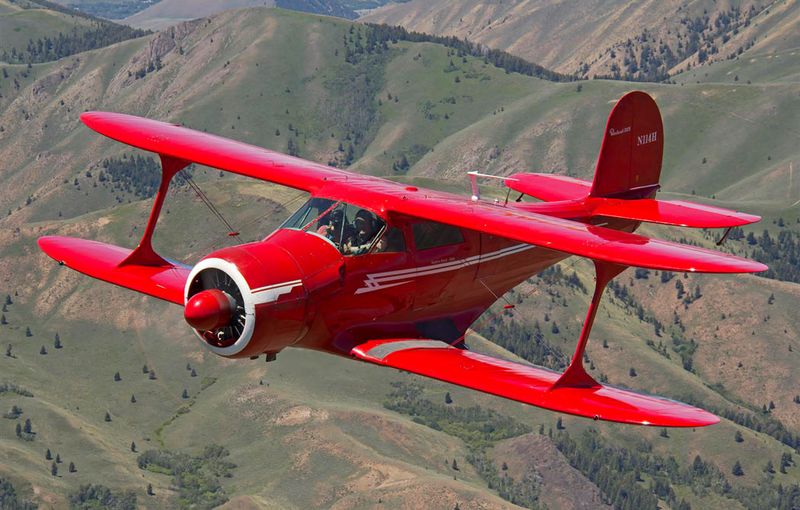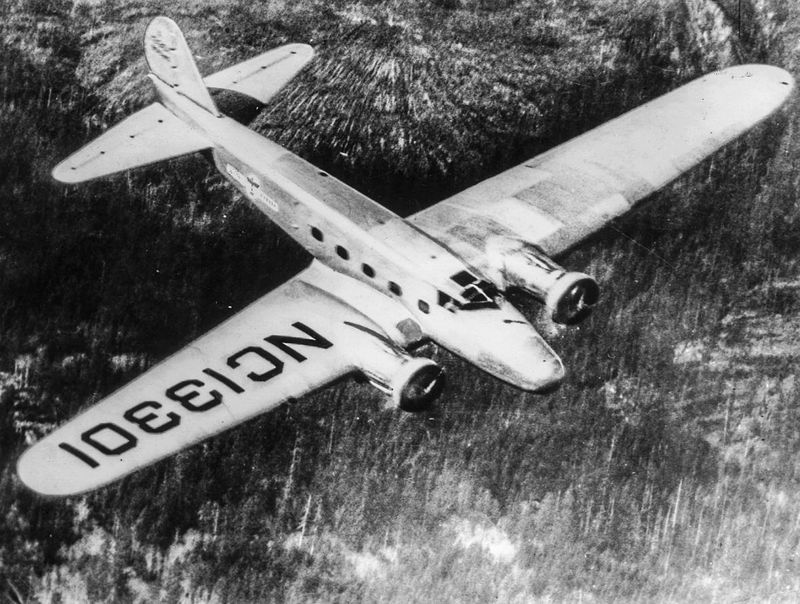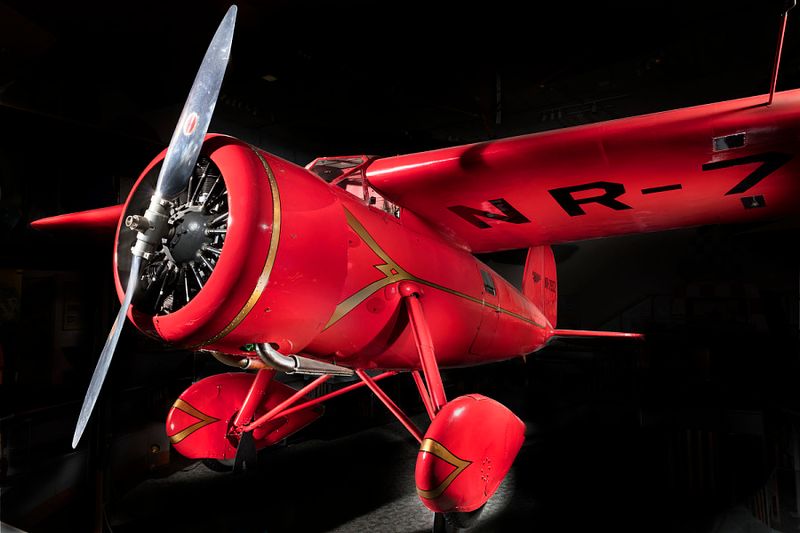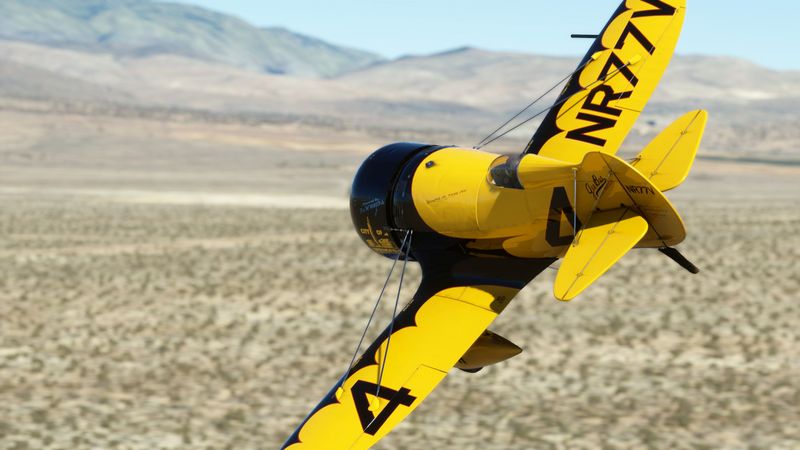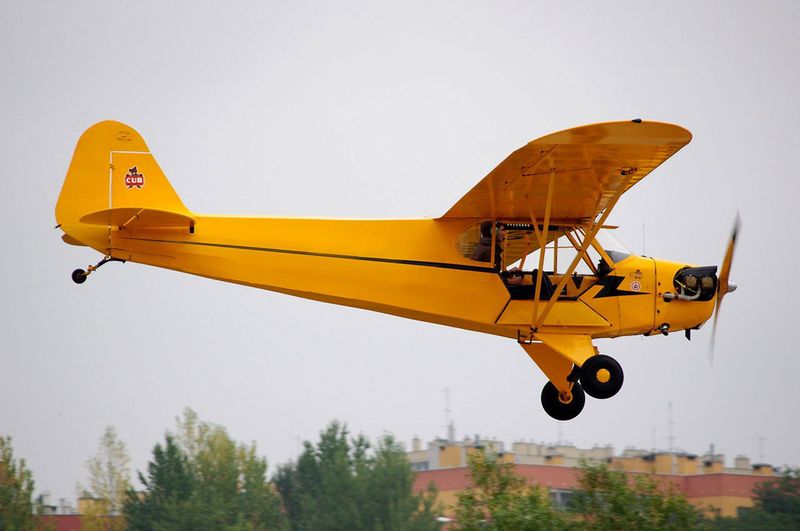The period between World Wars I and II marked aviation’s most romantic era – the Golden Age of Flight. During these magical years from the 1920s to 1930s, aircraft transformed from primitive machines to sleek marvels of engineering.
Brave pilots pushed boundaries in planes that combined beauty with innovation, capturing the world’s imagination. These ten legendary aircraft didn’t just cross oceans and break records – they forever changed how humans took to the skies.
1. The Majestic DC-3: Aviation’s Reliable Workhorse
First taking flight in 1935, the Douglas DC-3 revolutionized air travel by making it both profitable and comfortable. This twin-engine metal beauty could carry 21 passengers in unprecedented luxury while cruising at 180 mph – a remarkable feat for its time.
More than 16,000 DC-3s were built, and incredibly, some remain in commercial service today. The aircraft’s nearly indestructible design earned it nicknames like “The Flying Tank” during WWII, where it served as the military C-47 transport.
What made the DC-3 truly special wasn’t just its technical achievements but how it transformed air travel from a daredevil adventure into a practical transportation option for everyday people.
2. Spirit of St. Louis: Lindbergh’s Atlantic Conqueror
Charles Lindbergh’s custom-built Ryan NYP monoplane made history on May 20-21, 1927, completing the first solo non-stop flight across the Atlantic. The journey from New York to Paris covered 3,600 miles in a grueling 33.5 hours, instantly transforming both plane and pilot into international legends.
Unlike modern aircraft, the Spirit of St. Louis had no forward visibility – Lindbergh had to use side windows or a periscope to see ahead. The cabin was incredibly cramped, with every possible space dedicated to fuel tanks holding 450 gallons of gasoline.
Painted silver with blue detailing, this seemingly modest aircraft sparked an aviation boom that would forever change global transportation and capture humanity’s imagination about flight’s possibilities.
3. The Elegant Beechcraft Staggerwing: Flying in Style
When the Beechcraft Model 17 Staggerwing debuted in 1932, it turned aviation design upside down – literally. Its unique reverse-staggered wing configuration (upper wing positioned behind the lower wing) wasn’t just visually striking but provided exceptional handling characteristics.
Wealthy businessmen fell in love with this flying sports car that could reach speeds of 200 mph while coddling passengers in a luxurious cabin finished with fine leather and wood trim. The Staggerwing’s gorgeous red paint and polished metal cowling made it instantly recognizable at airfields.
Despite its elegant appearance, this was no delicate showpiece. The Staggerwing proved its toughness by winning numerous air races and serving admirably as a military transport during WWII.
4. Boeing 247: The First Modern Airliner
Before the Boeing 247 appeared in 1933, airliners were mostly uncomfortable biplanes with fabric-covered fuselages. This revolutionary all-metal, twin-engine monoplane changed everything with its sleek profile and innovative features.
Passengers marveled at amenities that seem basic today but were groundbreaking then – soundproofed cabin, heated interior, and reclining seats. The 247 could cruise at 160 mph while carrying ten passengers, making coast-to-coast travel possible in just 20 hours with seven stops.
Unfortunately for Boeing, their own creation was quickly overshadowed by the DC-3. Only 75 Model 247s were built, but its legacy lives on as the template that defined what a modern airliner should be – safe, comfortable, and efficient.
5. Dazzling De Havilland DH.88 Comet: The Scarlet Speedster
Painted brilliant red and shaped like a bullet, the De Havilland DH.88 Comet captured imaginations when it won the 1934 MacRobertson Air Race from England to Australia. The sleek wooden racer covered the 11,300-mile course in just under 71 hours, beating larger, more powerful competitors.
Husband-and-wife team Jim and Amy Mollison flew their Comet “Black Magic” in the same race but faced mechanical troubles. Despite this setback, the aircraft’s gorgeous lines and remarkable performance cemented its place in aviation history.
Only five Comets were ever built, making them incredibly rare today. The winner, nicknamed “Grosvenor House,” has been meticulously restored and remains one of the most beautiful racing planes ever created.
6. Lockheed Vega: Amelia Earhart’s Trusty Companion
With its distinctive round fuselage and high wings, the Lockheed Vega looked like something from a cartoon but performed like a champion. Amelia Earhart chose this wooden speedster for her 1932 solo Atlantic crossing, becoming the first woman to accomplish this feat.
The Vega’s clean lines and innovative monocoque construction (where the skin carries structural loads) allowed it to reach speeds of 165 mph with remarkable efficiency. Wiley Post flew his Vega “Winnie Mae” around the world twice, setting multiple records.
Hollywood fell in love with the photogenic Vega too. Movie studios purchased several for promotional tours, and the aircraft appeared in numerous films, its art deco styling perfectly capturing the glamour and excitement of early aviation.
7. The Mighty Ford Trimotor: The Reliable Tin Goose
Nicknamed “The Tin Goose” for its corrugated metal skin, the Ford Trimotor introduced millions of Americans to their first airplane ride during the late 1920s and early 1930s. Henry Ford applied assembly line principles to aircraft production, creating a dependable workhorse that airlines trusted.
Those distinctive corrugations weren’t just for show – they strengthened the aluminum skin without adding weight. With three radial engines mounted on the high wing and nose, the Trimotor could still fly safely if one engine failed, building passenger confidence in air travel.
About 199 were built between 1926 and 1933, operating everywhere from Grand Canyon sightseeing tours to pioneering Pan American Airways’ first international routes through Latin America.
8. Graceful Gee Bee R-2: The Beautiful Death Trap
Looking more like a cartoon than a real aircraft, the stubby Gee Bee R-2 racer packed a massive 800 horsepower engine into the smallest possible airframe. This unusual design made it blindingly fast but notoriously difficult to fly, earning it the grim nickname “The Widowmaker.”
Painted bright yellow with black stripes, the Gee Bee set speed records exceeding 300 mph in the early 1930s. Famous pilot Jimmy Doolittle managed to tame the beast long enough to win the 1932 Thompson Trophy race.
Sadly, several pilots lost their lives in Gee Bee racers. Despite its deadly reputation, this iconic aircraft represents the pure pursuit of speed that characterized Golden Age air racing – when pilots risked everything for glory.
9. The Pioneering Piper J-3 Cub: America’s Flying Classroom
Painted in its signature bright yellow (officially “Cub Yellow”), the humble Piper J-3 Cub might be the most important training aircraft ever built. This simple fabric-covered monoplane taught thousands of pilots to fly during the 1930s and 1940s, including countless military aviators who would later serve in World War II.
The Cub’s gentle handling characteristics made learning to fly less intimidating. Its tandem seating (one seat behind the other) allowed instructors to closely monitor student progress, while the aircraft’s forgiving nature meant minor mistakes rarely became serious problems.
With just 65 horsepower, the Cub cruised at a leisurely 75 mph, but its incredible economy and reliability made it beloved by pilots everywhere as the perfect “everyman’s airplane.”
10. The Breathtaking Supermarine S.6B: Speedster Over Water
Gleaming in polished aluminum with floats instead of wheels, the Supermarine S.6B represents the pinnacle of seaplane racing. This British marvel won the prestigious Schneider Trophy outright in 1931 by reaching speeds over 340 mph – astonishing for the time.
Behind its sleek exterior lay groundbreaking engineering. The Rolls-Royce R engine produced a thunderous 2,300 horsepower, requiring innovative cooling systems built into the wings and floats. Pilot Flight Lieutenant John Boothman had to wear special cooling garments to survive the cockpit heat.
Though built solely for racing, the S.6B’s design directly influenced the legendary Supermarine Spitfire fighter of WWII. Its elegant lines and record-breaking performance perfectly symbolize the Golden Age’s pursuit of aeronautical excellence.
